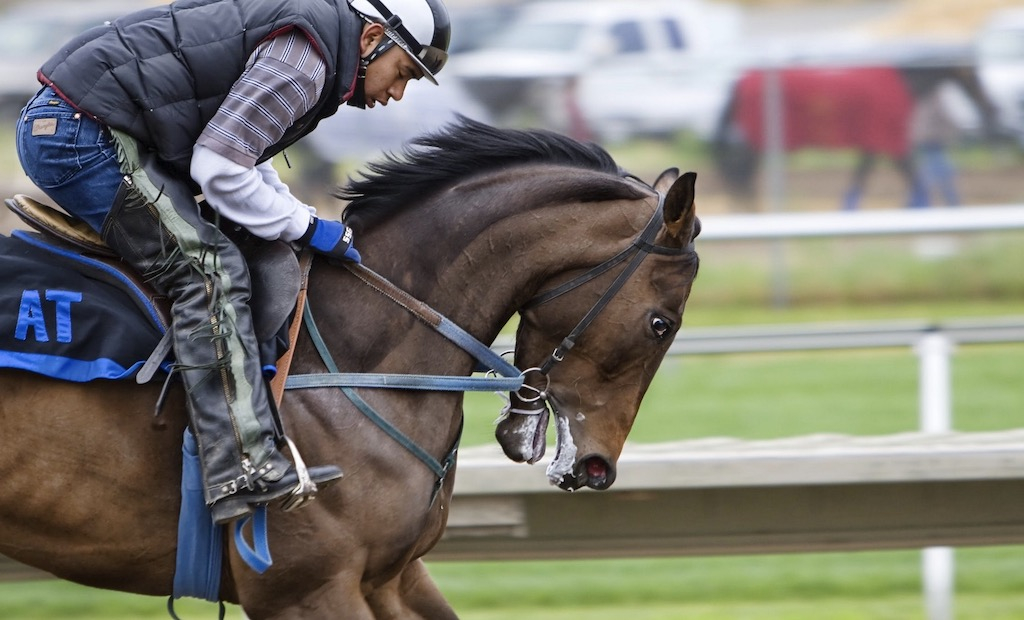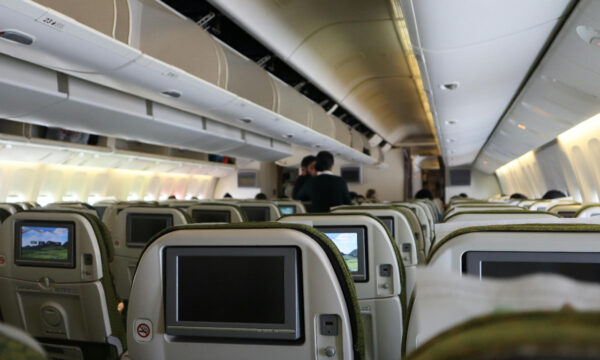The last greyhound racing tracks in Great Britain

Despite being one of the most popular spectator sports in Great Britain, greyhound racing faces an extremely uncertain future.
The sport’s roots can be traced back to an experiment on a straight track in Hendon in 1876, but it took another 36 years for the industry to emerge in its modern form.
After initially making its mark in the United States, the first greyhound meeting in Britain was staged at Belle Vue Stadium, Manchester, in July 1926.x
The sport boomed massively after the Second World War, with crowds across Britian estimated at around 75 million people during 1946.
The introduction of off-course interaction in the early 1960s triggered a decline in the industry and it has been battling to keep its head above water since then.
Despite the closure of several major racetracks in recent years, greyhound betting is still fairly popular and many websites offer extensive coverage of the sport.
According to the Greyhound Board of Great Britain (GBGB), there are currently 21 licensed racing venues operating across the country. These are as follows:
- Brighton and Hove
- Central Park
- Crayford
- Doncaster
- Harlow
- Kinsley
- Monmore Green
- Newcastle
- Nottingham
- Oxford
- Pelaw Grange
- Perry Barr
- Romford
- Sheffield
- Suffolk Downs
- Sunderland
- Swindon
- Towcester
- Valley
- Yarmouth
One of the most recent greyhound racing venues to close its doors was Henlow Stadium in Bedfordshire, which held its final race in January 2024.
Henlow had been open since 1927, but a court ruled against the owners renewing their lease of the 1,000-capacity stadium in December.
All trainers were reportedly given the opportunity to transfer the greyhounds over to alternative tracks in Northamptonshire, Suffolk or Oxfordshire.
Henlow follows in the footsteps of several other greyhound racing stadiums which have been forced to close their doors in recent years.
Peterborough fell by the wayside in 2020 after 75 years, while Hall Green in Birmingham closed three years earlier after running for 90 years.
However, the closure of the latter venue in 2017 was overshadowed by the loss of Wimbledon, which had famously hosted the English Greyhound Derby for the previous 32 years.
The stadium’s demise prompted widespread sadness across the sport, matching the fallout from the closure of Walthamstow nine years earlier.
Several other venues are currently under threat, with pressure from animal welfare groups seemingly having a sizeable impact on the sport.
Towcester is among the racetracks which has been targeted by activists despite the operators investing significant resources into making the sport safe.
A group linked to the Animal Rising protest group which attempted to disrupt last year’s English Greyhound Derby were recently convicted of offences included in the Public Order Act 2023.
Fines totalling £60,000 were issued to the quartet, while one group member was also given a suspended jail sentence after being convicted of aggravated trespass and being equipped to lock on.
Frustratingly for the operators of the stadium, they have done more than most people in the sport to ensure that animal welfare is taken seriously.
The circuit, which cost £1.8 million to create, boasts sweeping turns and a superb drainage system which ensures that greyhounds can run in a safe environment.
Towcester’s commitment to animal welfare was recently hammered home when the owners unveiled Britain’s first dedicated greyhound ambulance.
The Canine Car will transport the small number of greyhounds that require additional levels of care and ensure medical treatment can be delivered as efficiently as possible.
The vehicle is used by highly respected greyhound vet Dr Polly Smith. Alongside a team of other qualified and experienced veterinary surgeons, Smith provides the highest levels of care.
“The rapidly declining fatality and injury rates recorded by the GBGB in recent years is testament to the significant improvements greyhound racing has made concerning safety and welfare,” Smith said.
“While we make every effort to minimise injury risk, we also appreciate injuries do happen. It is essential that injured greyhounds receive immediate attention and can be transported in a comfortable and safe environment to the onsite veterinary facility.”
The new vehicle provides an additional safety layer to operations at Towcester, which were already recognised as being a standard-bearer for the sport in Britain.
Before any greyhound is allowed to run, Smith and her team conduct a thorough examination of each greyhound to ensure they are fit to run.
This includes ‘a hands-on check of each greyhound’s joints and muscles, a visual assessment of overall health and condition and seeing a dog trot to assess for lameness’.
Ongoing health and performance monitoring is also conducted to ensure each greyhound is capable of producing its best form during racing.
Towcester’s efforts in the past few years are undoubtedly an example of what can be achieved and have forced many other British venues to up their game.
Whether that will be enough to save a sport that many people think is destined to die remains to be seen, but it won’t be for the want of trying.

























Facebook
Twitter
Instagram
YouTube
RSS